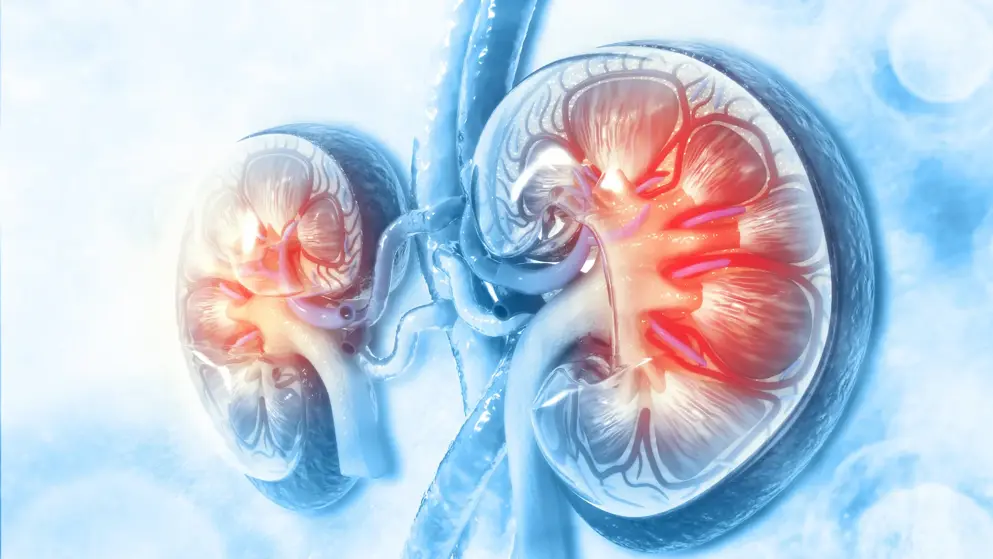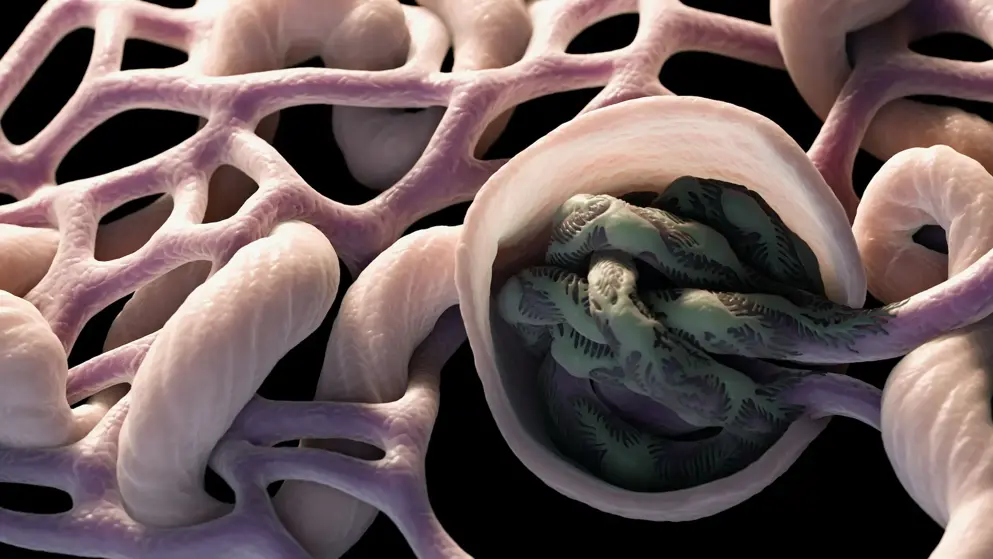Vitamin D and Glomerulonephritis
Vitamin D and Glomerulonephritis
Vitamin D presents a plethora of different functions that go beyond its role in skeletal homeostasis. It is an efficient endocrine regulator of the Renin–Angiotensin–Aldosterone System (RAAS) and erythropoiesis, exerts immunomodulatory effects, reduces the cardiovascular events and all-cause mortality. In Chronic Kidney Disease (CKD) patients, Vitamin D function is impaired; the renal hydrolyzation of its inactive form by the action of 1α-hydroxylase declines at the same pace of reduced nephron mass. Moreover, Vitamin D major carrier, the D-binding protein (DBP), is less represented due to Nephrotic Syndrome (NS), proteinuria, and the alteration of the cubilin–megalin–amnionless receptor complex in the renal proximal tubule. In Glomerulonephritis (GN), Vitamin D supplementation demonstrated to significantly reduce proteinuria and to slow kidney disease progression. It also has potent antiproliferative and immunomodulating functions, contributing to the inhibitions of kidney inflammation. Vitamin D preserves the structural integrity of the slit diaphragm guaranteeing protective effects on podocytes. Activated Vitamin D has been demonstrated to potentiate the antiproteinuric effect of RAAS inhibitors in IgA nephropathy and Lupus Nephritis, enforcing its role in the treatment of glomerulonephritis: calcitriol treatment, through Vitamin D receptor (VDR) action, can regulate the heparanase promoter activity and modulate the urokinase receptor (uPAR), guaranteeing podocyte preservation. It also controls the podocyte distribution by modulating mRNA synthesis and protein expression of nephrin and podocin. Maxalcalcitol is another promising alternative: it has about 1/600 affinity to vitamin D binding protein (DBP), compared to Calcitriol, overcoming the risk of hypercalcemia, hyperphosphatemia and calcifications, and it circulates principally in unbound form with easier availability for target tissues. Doxercalciferol, as well as paricalcitol, showed a lower incidence of hypercalcemia and hypercalciuria than Calcitriol. Paricalcitol demonstrated a significant role in suppressing RAAS genes expression: it significantly decreases angiotensinogen, renin, renin receptors, and vascular endothelial growth factor (VEGF) mRNA levels, thus reducing proteinuria and renal damage. The purpose of this article is to establish the Vitamin D role on immunomodulation, inflammatory and autoimmune processes in GN.
Read abstract on library site Access full article
Featured Learning Zones
You may be interested in...
The 2023 update of the German Society of Neurology’s guideline on Parkinson’s disease (PD) provides detailed recommendations on the use of transcranial brain parenchyma sonography (TCS) for early and differential diagnosis. This update addresses previously unspecified diagnostic criteria and investigator qualifications, offering a robust framework based on a systematic literature review.




